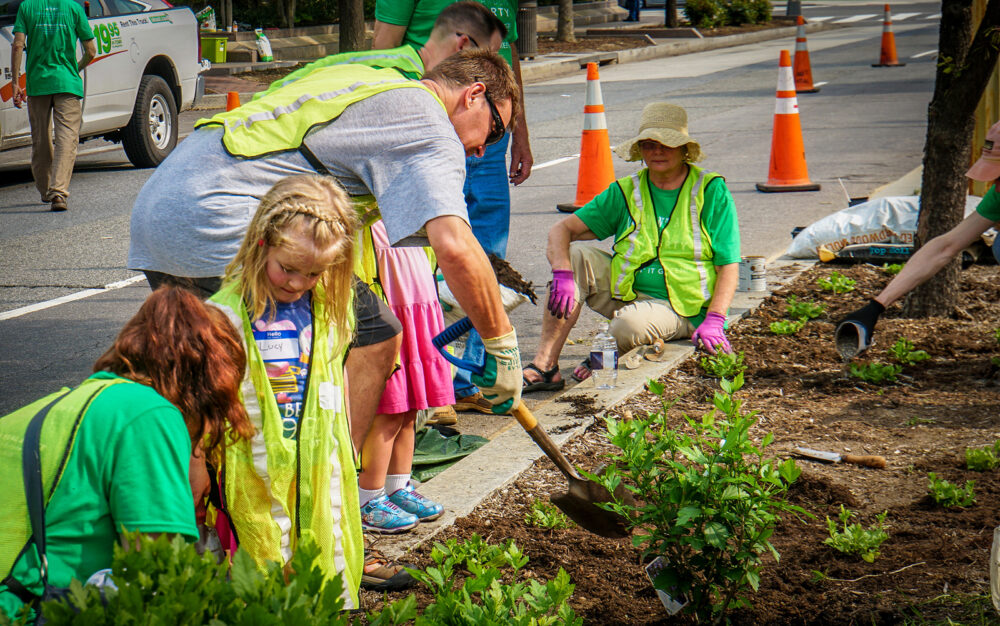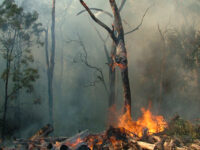According to the United Nations Intergovernmental Panel on Climate Change, “without … a sharp decline in greenhouse gas emissions by 2030, global warming will surpass 1.5 [degrees Celsius] in the following decades, leading to irreversible loss of the most fragile ecosystems, and crisis after crisis for the most vulnerable people and societies.” As 2030 fast approaches with a lack of adequate action by many top polluters, humans are faced with the increasing likelihood of the dire effects of a warming planet. In order to sufficiently prepare for those effects, countries, businesses, and institutions like Northeastern will have to act now to become climate resilient.
Climate resilience involves planning to minimize the impact of increased temperatures, rising sea levels, and higher intensity storms that are expected to occur as a result of climate change. In practice, climate resilience is highly dependent on the needs of the specific community. In California, where increased wildfire intensity is a major threat because of climate change, energy companies are outlining wildfire mitigation plans to reduce the risk of wildfires ignited by their infrastructure. Cities such as Baltimore and Minneapolis have implemented “Resilience Hubs,” which provide resources such as food and shelter to residents during and after hazard events as well as act as community centers during non-crisis times.
What does climate resilience mean for institutions like Northeastern? A 2018 study from the International Journal of Sustainability in Higher Education found that, while many universities have plans in place for reducing their emissions, very few have plans to prepare for the effects of the warming that is already inevitable. The study found that the reasons behind the lack of climate resilience planning from universities primarily stemmed from the uncertainty around climate scenarios and the complexity of potential climate impacts.
Many institutions that have taken steps to be more climate resilient have recognized that, in addition to the social good, preparing their campuses for climate change is in their best interests to reduce damage to university property and ensure safety for their students.
However, since the 2018 study, more universities have taken steps to prepare their campuses and surrounding communities for the effects of climate change. Harvard University, for example, is in the process of constructing a storm drain in Allston to help prepare for increased flooding in the neighborhood. Many institutions that have taken steps to be more climate resilient have recognized that, in addition to the social good, preparing their campuses for climate change is in their best interests to reduce damage to university property and ensure safety for their students. These actions can also demonstrate the intent of the university to act as a role model by demonstrating a forward-thinking approach and taking concrete actions to address potential harms.
Northeastern has committed to reducing emissions by 80 percent by 2050, according to the university’s most recent climate action plan from 2010. But the 2010 plan lacks steps towards climate resilience. Northeastern’s Facilities department has taken some actions towards preparing campus buildings for increased temperatures, such as increasing the plant cover on campus and creating reflective roofs on 39 percent of buildings. However, Northeastern can go much further to adequately prepare the campus and surrounding communities for other risks such as sea level rise and worsening storms.
This year, Northeastern’s Facilities department is leading a community-driven initiative to produce a recommendation to the administration for a new climate plan. While the expressed intention of the plan is to make Northeastern carbon free, in order for the plan to truly benefit the Northeastern community, it should conduct a risk assessment and incorporate climate resilience methods to prepare the campus and surrounding neighborhoods for the impending effects of climate change.
International Journal of Sustainability in Higher Education (2018). DOI: 10.1108/IJSHE-02-2018-0028






